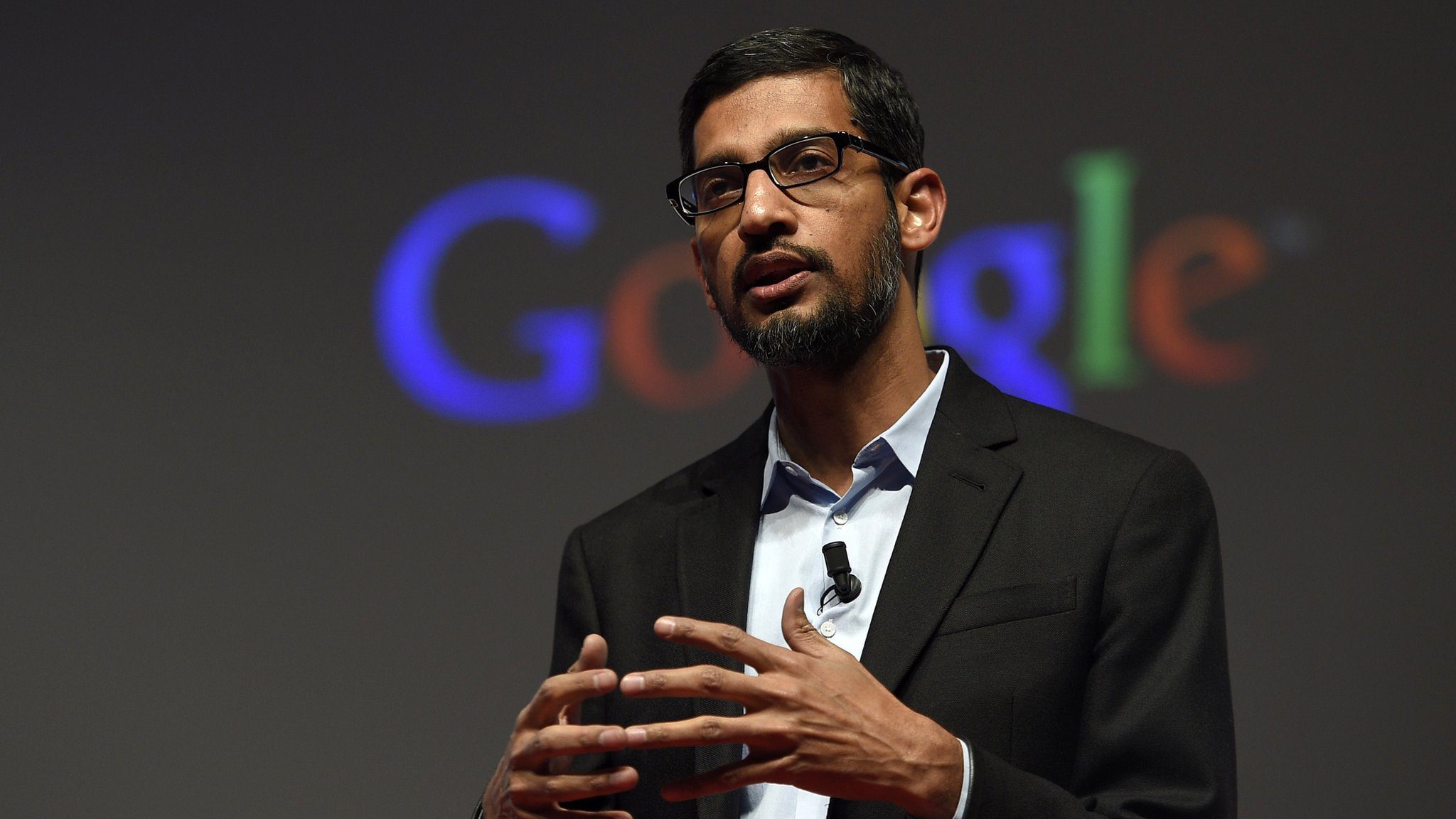Bengaluru: Google, the US-based search engine behemoth, came under fire on Thursday for its search results, which returned Kannada as the answer to a query about India’s “ugliest language.”
Kannada was the response to the question, “What is the ugliest language in India?” according to an image widely circulated on social media. According to a screenshot of the search results, “the answer is Kannada, which is spoken by about 40 million people in south India.”
The retaliation from Kannada language speakers, who speak one of the country’s national languages, was so swift that #Kannada trended across the country on the microblogging site Twitter. On Twitter, other hashtags such as #KannadaQueenOfAllLanguages remained common.
Google later removed the offending response, claiming that search results aren’t always great. The way content is described on the Internet may often produce unexpected results for specific queries. We recognise that this isn’t perfect, but we move quickly to address any issues that arise, and we’re still working to better our algorithms.
Naturally, these do not represent Google’s views, and we apologise for any confusion or hurt feelings,” a Google spokesperson said in a statement to Hindustan Times. But that was in the future. Netizens and politicians from all of Karnataka’s major political parties took to social media for hours to criticise Sundar Pichchai’s business.
The Kannada language has a long and illustrious tradition, dating back over 2,500 years! It has been the pride of Kannadigas for two and a half millennia,” he says. Karnataka’s minister for land, Kannada, and culture, Arvind Limbavali, said in a tweet.
“If Kannada has been dubbed India’s ugliest language, it is merely an attempt by @Google. to make fun of Kannadigas’ prideDemand an apology from @Google to Kannada and Kannadigas as soon as possible. @Google will face legal action for slandering the image of our beautiful language!,” he added.
“Kannada, the language of the great Vijayanagara Empire, has a rich history, a glorious legacy, and a distinct culture. Kannada is one of the world’s oldest languages, with great scholars writing epics even before Geoffrey Chaucer was born in the 14th century. Apologize@GoogleIndia,” PC Mohan, a member of parliament from Bengaluru Central for the Bharatiya Janata Party (BJP), wrote on Twitter.
This blunder is unforgivable. When it comes to words, whoever is in charge should exercise caution. When it comes to Kannada, extra caution should be exercised. Otherwise, it will come as no surprise if Kannadigas’ self-respect, which became a tsunami in just one hour, turns into a Tsunami, said HD Kumaraswamy, former chief minister and Janata Dal (Secular) leader, in a Kannada Twitter message.



 Special Editions4 weeks ago
Special Editions4 weeks ago


 Crime News2 days ago
Crime News2 days ago


 Special Editions1 month ago
Special Editions1 month ago


 Crime News1 month ago
Crime News1 month ago


 Special Editions4 weeks ago
Special Editions4 weeks ago




